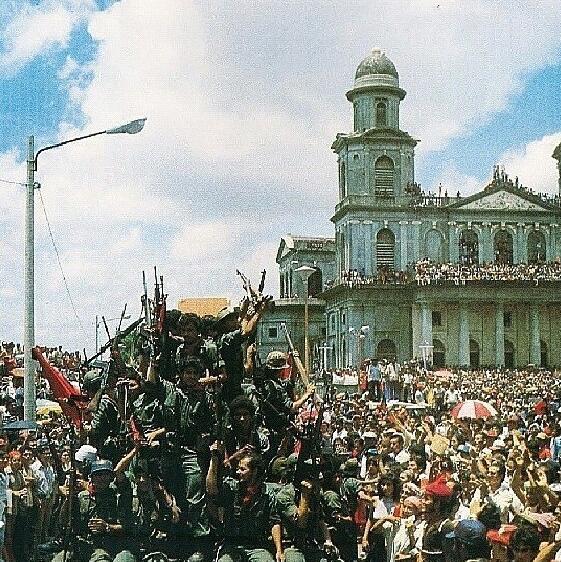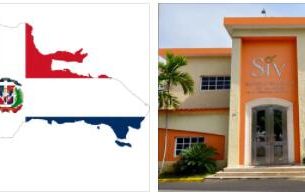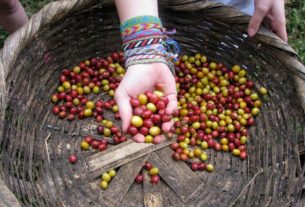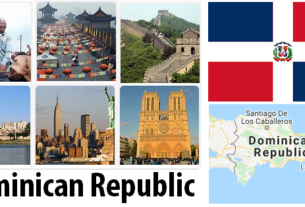Archaeological finds show that Nicaragua has been inhabited for 20,000-30,000 years. By the end of the 15th century, Nicaragua was populated by many different ethnic groups, and Spanish officials estimated that the population was around 600,000 at the Spanish conquest.
Kristoffer Columbus reached the east coast of Nicaragua on his fourth voyage in 1502, and in 1524 Francisco Hernández de Córdoba founded the first permanent Spanish settlements on behalf of the Spanish throne. The cities of Granada and Leon were the first major settlements.
The country was a Spanish colony until 1821. From its secession in 1821, Nicaragua was part of Mexico until 1823, when the southern parts of this empire broke out and formed the Central American Republic. In 1838 it was dissolved and the republics of Guatemala, El Salvador, Honduras, Nicaragua and Costa Rica were created.
In July 1979, the FSLN guerrilla captured the capital Managua without a fight. Two days earlier, dictator Anastasio Somoza Debayle had left the country.
As in many other Latin American countries, Nicaragua was characterized by conflicts between liberals and conservatives the first time after independence. Foreign players were involved in this battle, including American adventurer and mercenary William Walker.
The United States intervened several times in Nicaragua from 1909 to 1925, and US troops were deployed for much of this period.
In 1936 Anastasio Somoza García took power in Nicaragua, and together with his sons, the family ruled the country for over 40 years. The growing discontent with the Somoza family’s nepotistic and dictatorial rule culminated in a broad popular revolution led by the Sandinist Front for National Liberation (Frente Sandinista de Liberatión National, FSLN) with its leader Daniel Ortega.
The Sandlinists (FSLN) introduced a socialist regime and implemented, among other things, a land reform in which wealthy landowners got property expropriated. The Sandinist reforms were strongly opposed by the former supporters of the Somoza family, and from 1982 there was armed civil war in the country. The counter-revolutionaries (Contras) were supported by the United States. The FSLN was supported by the Soviet Union, among others. The civil war caused major destruction in the country, and over 40,000 Nicaraguan people were killed in the war.
The defeat of the Sandinists in 1989 marked the end of the civil war, and when a political coalition of 13 parties, led by the conservative Violeta Barrios de Chamorro, took power in 1990, the weapons were shut down.
Following the Sandinist surrender of power, Nicaraguan politics changed dramatically. The civil war ended, relations with the United States improved considerably, and the economy was liberalized. Many former government services such as transportation, telecommunications and electricity were privatized, and the state facilitated, among other things, fiscal and tax relief, for foreign investors (mainly US and Taiwanese companies) who wanted to start labor-intensive industries within the national borders. One has also seen the emergence of private schools and health enterprises.
After three subsequent electoral defeats, Daniel Ortega won the election in 2006 and became president again in 2007. In the 2006 election campaign, Ortega addressed a wider section of the population than before. The revolutionary anti-US rhetoric was toned down and more emphasis was placed on Catholic values.
Ortega’s re-election in 2011 has been disputed. Article 147 of the 1995 Constitution stated that the incumbent president could not stand for re-election, but in October 2009, the Nicaraguan Supreme Court ruled that this article is no longer applicable. The political opposition, national and international press claim that this Supreme Court ruling was made after pressure from Ortega and that it was thus illegal.



